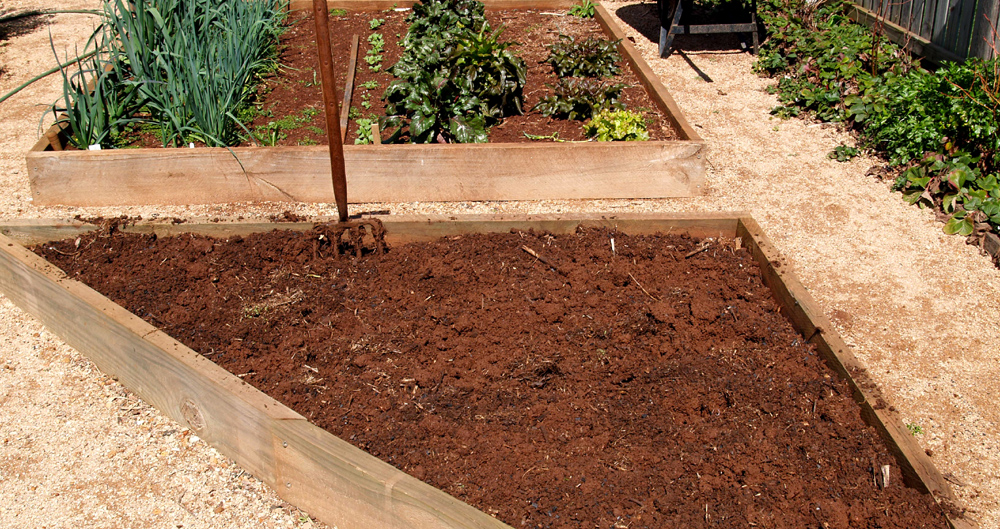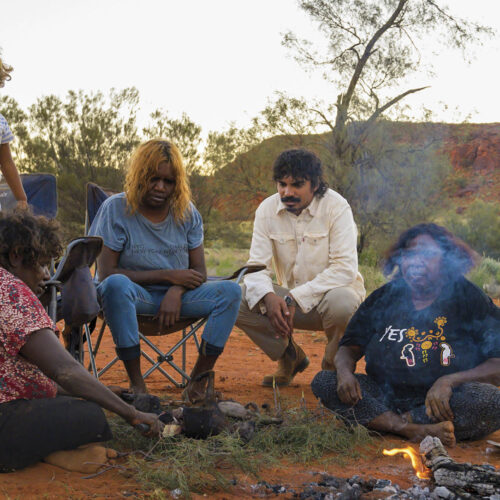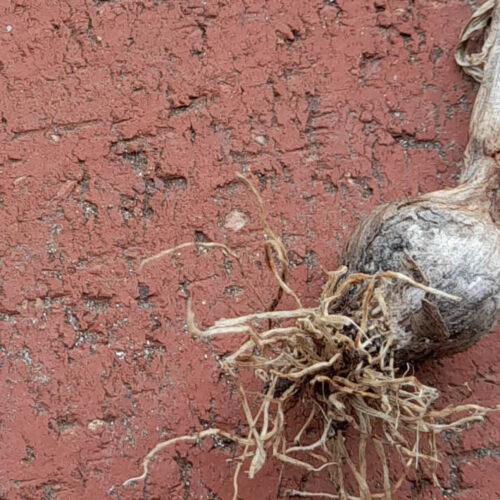Using biochar in the garden
2011-09-08T11:40:22+10:00
In a previous post, Simon Webster reported on a proposal to build Australia's first electricty producing biochar plant. In this follow up post JUSTIN RUSSELL gives a run down on how you can use biochar in the garden.
Following on from Simon Webster’s post about a proposed new biochar plant in Melbourne, you might be interested to hear that for the last few years I’ve been experimenting in the garden with charcoal saved from my wood burning stove. This month I’ve taken an extra step. A neighbour gave me two bags of commercially made biochar to try out, so I’ve prepped a couple of garden beds in the vegie patch and will closely observe the results. The theory behind biochar is that the individual pieces of charcoal are like miniature sponges containing lots of microscopic pores. These pores absorb nutrients and moisture, and provide habitat for billions of beneficial micro-organisms. Biochar will probably be of greatest benefit in sandy soils and in areas of high rainfall, where nutrients are rapidly leached, but manufacturers claim that biochar can be used successfully on all soils. The product tends to be on the alkaline side of neutral, so it may need special treatment before use in alkaline soils. Application is a cinch. After digging my garden beds over I simply apply two generous handfuls per square metre and lightly rake, then water it it. Don’t bury the biochar too deeply as it will be of greatest benefits to plants in their root zone. And to really supercharge your biochar you can soak it in a bucket of diluted compost tea or seaweed extract for half an hour before application. An obvious potential issue with biochar is that the source material burned in the charcoal making process may not come from a sustainable source. For example if virgin forest was being cut down to make biochar, the final product would be very dirty indeed and may actually increase, rather than sequester, carbon dioxide in the atmosphere. As far as I’m aware, the small network of biochar makers in Australia claim to use sustainable sources of biomass. But if you’re keen to experiment with biochar in your garden, it would be a good idea to check with the manufacturer about their fuel source. As for my experiments with biochar, it’s a case of so far, so good. I’m not conducting a scientific trial, so any conclusions I’ve drawn are completely anecdotal, but I can say that my crops certainly haven’t suffered when I’ve used either biochar or charcoal. The opposite is probably true – there does seem to be an improvement in plant growth and crop yields. For example the best crop of sweet corn I’ve ever grown was a couple of years ago in bed improved with finely crushed charcoal. Corn is a notoriously hungry and thirsty crop, but this batch thrived. May well be due to other factors, but the charcoal obviously didn’t hurt. I’ll post an update on this season’s biochar experiments at a later date.






